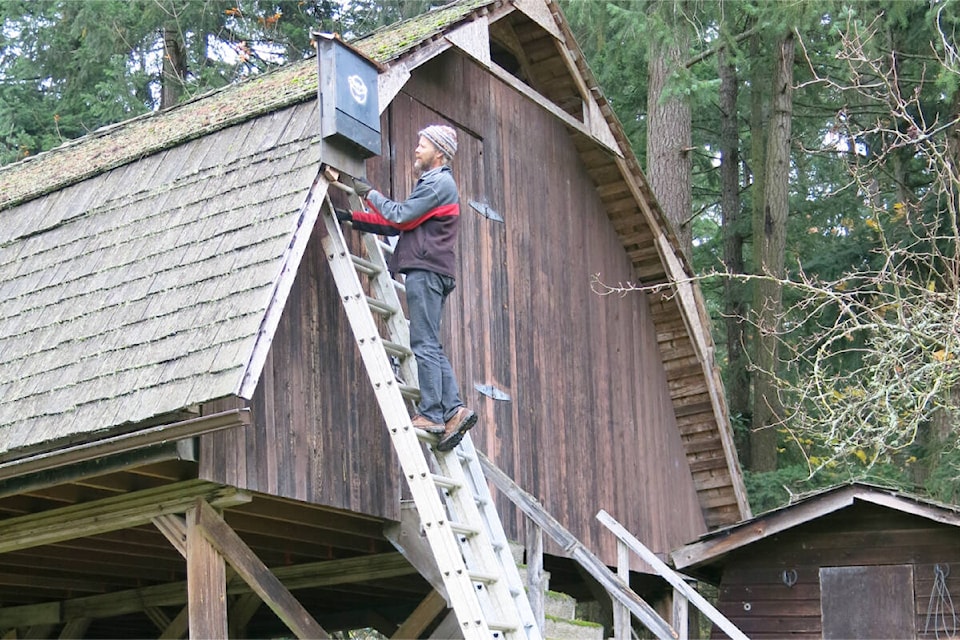As Halloween approaches, images of scary bats become commonplace. This makes it the perfect time of year to counter bat myths and do something to help bats, by taking part in International Bat Week (Oct. 24 to 31).
Bat Week is all about appreciating these amazing animals and their benefits, which in Canada centre around eating insects. In other parts of the globe they also pollinate flowers, and spread seeds and nutrients.
This Bat Week, consider teaching your kids, grandkids, or friends about the wonderful lives of bats. How about preparing bat trivia questions for them? Take them to your local library and sign out bat books, or check out the Thompson-Nicola Regional Library’s “Bat Packs”, available at every branch (including the Mobile Library).
“In B.C., there are at least 15 species of bats, and they are all major predators of insects, including moths, beetles, mosquitoes, and flies,” says Martin Kruus, the Cariboo regional coordinator for the BC Community Bat Program.
“A single bat can eat up to its body weight in insects each night. Eating all of these insects helps protect our food crops and forests from insect pests, saving farmers and forest managers billions of dollars each year.”
No matter where you live, it is almost certain that there are bats living near you.
“Providing safe and healthy habitat for bats is critical, as over half the species in this province are considered at risk,” says Kruus. “Since the fungus that causes White-nose Syndrome [WNS] was detected in Grand Forks last year, bat conservation is more important than ever. We expect to see impacts in B.C. in the near future.”
White Nose Syndrome is a fatal fungal disease that has killed millions of bats. It does not affect people or pets.
“To help us with WNS surveillance, report dead bats or sightings of winter bat activity to our website,” says Kruus, who also cautions people never to touch a live or dead bat.
B.C. residents can help bats by following bat-friendly community guidelines, including protecting bat habitat, planting a bat-friendly garden, preventing bats from drowning in pools or rain barrels, keeping cats indoors, and much more.
Bat Week marks the time of year when bats disappear from our neighbourhoods, not to be seen again until the return of warmer weather in spring. As insect-eaters, our B.C. bats must leave their summer roost sites and migrate or hibernate to survive the winter. Their absence means that this is the time of year to do home renovations that you have delayed due to the presence of bats. You can clean out and repair a bat box, or do bat-friendly exclusion work, without disturbing or injuring bats.
In partnership with the B.C. Government, and funded by the Habitat Conservation Trust Foundation, Forest Enhancement Society of BC, and Habitat Stewardship Program, the BC Community Bat Program provides information and promotes local stewardship and citizen science. Anyone can report winter bat sightings, or find out more about the BC Community Bat Program and options for helping local bat populations, at www.bcbats.ca. You can also email Kruus at martinkruus@shaw.ca.
